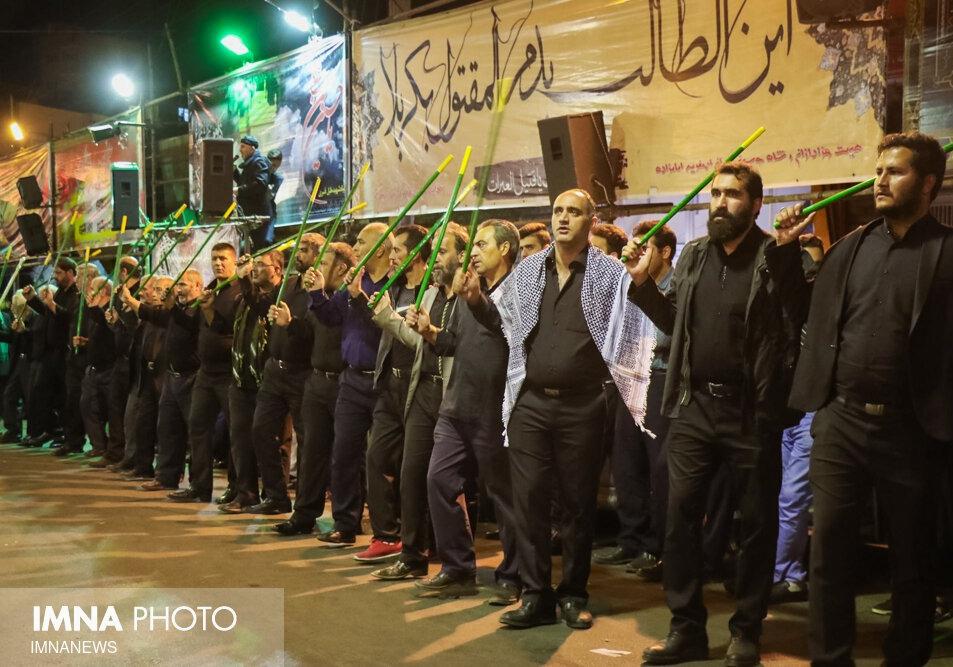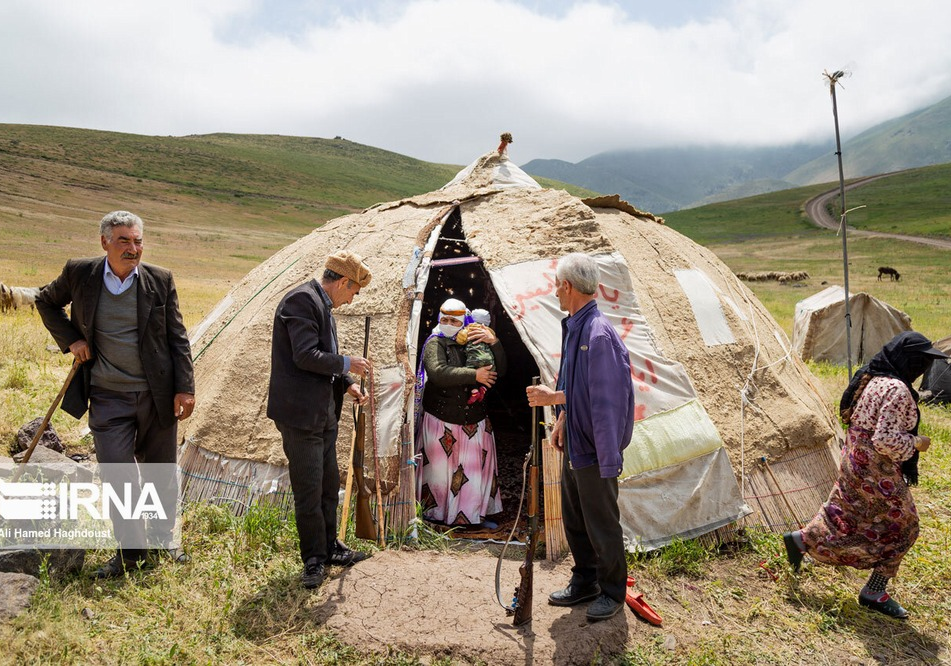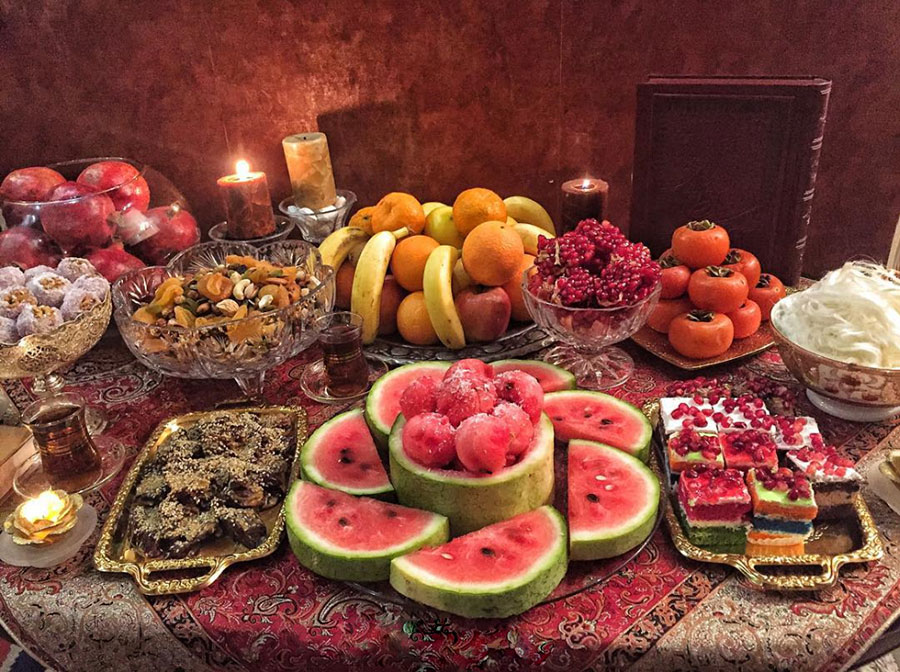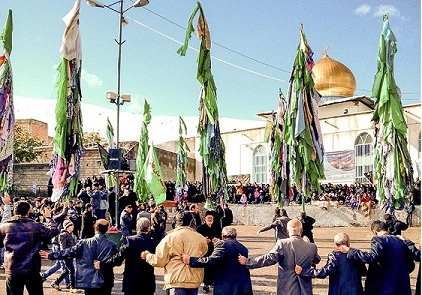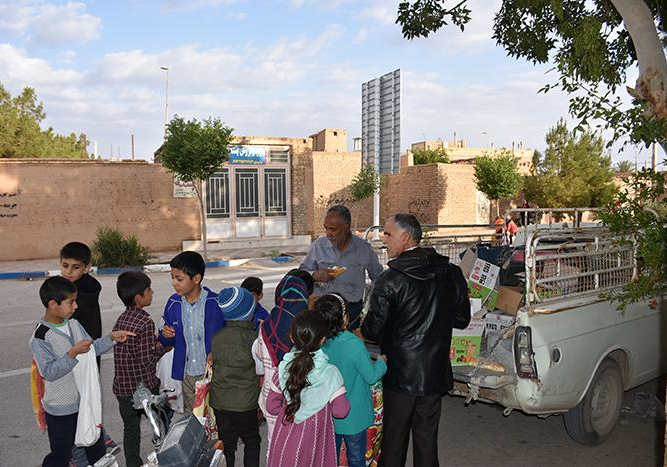
The Story of Asli and Karam
Studying folk stories can be a way to understand the life and history of the people of different cultures, especially if these stories manifest their traditions and customs.
Owing to its ancient culture, there are many folk stories in Iran, each of which expresses a part of the spirit of the people of a particular community and region. In the not-so-distant past, grandmothers and grandfathers would gather their grandchildren and tell them the stories - some of which have been inscribed on the list of Iran’s intangible national heritage - they had heard from their parents and grandparents. The story of Asli and Karam is one of these folk stories that was formed among the Azari-speaking people of Iran and is known as the intangible cultural heritage of East Azerbaijan Province.
A Romance Called Asli and Karam
This story is about a Muslim boy’s love for an Armenian girl. The story has two narratives, one of which ends with union and the other with death, and it is quite clear that the anonymous storytellers of history had adopted this stand so that the story could be narrated on both sad and happy occasions. Of course, the elders believe that the one that ends with union, and the Azari Ashiqs have been narrating it with their pleasant sound at weddings and happy occasions of Azari-speaking people, is more authentic.
The Story of Asli and Karam
It is said that the folk story of Asli and Karam is a true story or at least based on a true event that happened during the reign of Safavid king Shah Abbas I (reigned from 1587 to 1629 AD). According to this story, Ziyad Khan was a shepherd who was selected as the governor of Samarkand, one of the big cities of that time, and his reputation for being a just man spread in the entire region. Upon hearing about Ziyad Khan’s justice, Qaramalek, who was a deceitful Armenian, went from Tabriz to Samarkand and managed to get close to him with some tricks and was eventually appointed as Ziyad Khan’s treasurer.
One day, when Qaramalek and Ziyad Khan were walking in a garden they suddenly saw an apple in the nearby stream. When they took the apple from the water, another apple passed by them. Ziyad Khan took this as a good omen and asked God to grant him and Qaramalek children and they made an agreement that if one of them got a girl and the other got a boy, they would get them married when they were adults. Thereafter, Ziyad Khan had a son who was named Mahmoud and Qaramalek had a daughter whom he named Maryam.
Mahmoud and Maryam had not seen each other until they were 18 years old. It was at this time that Mahmoud and Maryam suddenly met each other and fell in love at first sight. They recited a poem and, in order to keep their love a secret they agreed to call Maryam “Asli” and Mahmoud “Karam”.
The girl’s love and being away from her had made Karam desperate and thinking that he was ill, his father called all the doctors in the city to treat him, but Karam only revealed the story of his heart to an old woman who passed it on to Ziyad Khan. Ziyad Khan summoned Qaramalek and asked him to fulfill his promise, but Qaramalek dishonored his promise with the excuse that an Armenian cannot marry a Muslim. Then he spread a rumor that a calamity was going to befall Zangi Village where he lived and by causing fear he made the people of the village migrate, along with him, to another place. Sometime later, Karam went to the village to see Asli but found it empty. However, after making a lot of inquiries, he managed to find out where Asli had been taken, and with a miracle and the help he received from Al-Khizr (believed to be a divine prophet by some scholars), he traveled the three-month-long path to Istanbul in the blink of an eye. Asli and Karam got together, but Qaramalek organized certain conspiracies to separate them from each other.
Finally, after a lot facing a lot of problems, these two lovers got married in Aleppo and had two children.
Currently, there are two tombs in the city of Tabriz, which according to some local residents are the tombs of Asli and Karam; although, it is not possible to comment on it with certainty.
The Features of the Story of Asli and Karam
Asli and Karam can be considered one of the most popular Azari folk stories, which account for a major part of the oral culture of Azarbaijan. This story is quite long and detailed and various narrations have been formed around it. The role of Ashiqs in narrating this story has made its narration become one of the ancient customs of Azarbaijan.
The story of Asli and Karam is one of these folk stories that was formed among the Azari-speaking people of Iran and is known as the intangible cultural heritage of East Azerbaijan Province.
| Name | The Story of Asli and Karam |
| Country | Iran |
| State | East Azerbaijan |
| Type | National |
| Registration | National |
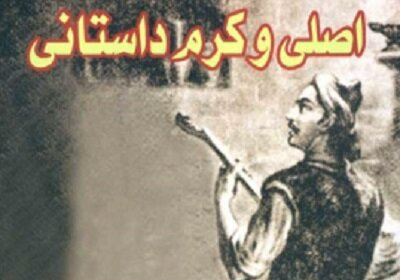
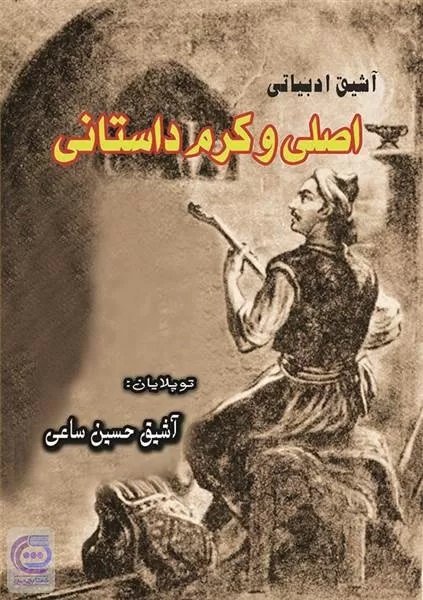



The Story of Asli and Karam
Studying folk stories can be a way to understand the life and history of the people of different cultures, especially if these stories manifest their traditions and customs.
Owing to its ancient culture, there are many folk stories in Iran, each of which expresses a part of the spirit of the people of a particular community and region. In the not-so-distant past, grandmothers and grandfathers would gather their grandchildren and tell them the stories - some of which have been inscribed on the list of Iran’s intangible national heritage - they had heard from their parents and grandparents. The story of Asli and Karam is one of these folk stories that was formed among the Azari-speaking people of Iran and is known as the intangible cultural heritage of East Azerbaijan Province.
A Romance Called Asli and Karam
This story is about a Muslim boy’s love for an Armenian girl. The story has two narratives, one of which ends with union and the other with death, and it is quite clear that the anonymous storytellers of history had adopted this stand so that the story could be narrated on both sad and happy occasions. Of course, the elders believe that the one that ends with union, and the Azari Ashiqs have been narrating it with their pleasant sound at weddings and happy occasions of Azari-speaking people, is more authentic.
The Story of Asli and Karam
It is said that the folk story of Asli and Karam is a true story or at least based on a true event that happened during the reign of Safavid king Shah Abbas I (reigned from 1587 to 1629 AD). According to this story, Ziyad Khan was a shepherd who was selected as the governor of Samarkand, one of the big cities of that time, and his reputation for being a just man spread in the entire region. Upon hearing about Ziyad Khan’s justice, Qaramalek, who was a deceitful Armenian, went from Tabriz to Samarkand and managed to get close to him with some tricks and was eventually appointed as Ziyad Khan’s treasurer.
One day, when Qaramalek and Ziyad Khan were walking in a garden they suddenly saw an apple in the nearby stream. When they took the apple from the water, another apple passed by them. Ziyad Khan took this as a good omen and asked God to grant him and Qaramalek children and they made an agreement that if one of them got a girl and the other got a boy, they would get them married when they were adults. Thereafter, Ziyad Khan had a son who was named Mahmoud and Qaramalek had a daughter whom he named Maryam.
Mahmoud and Maryam had not seen each other until they were 18 years old. It was at this time that Mahmoud and Maryam suddenly met each other and fell in love at first sight. They recited a poem and, in order to keep their love a secret they agreed to call Maryam “Asli” and Mahmoud “Karam”.
The girl’s love and being away from her had made Karam desperate and thinking that he was ill, his father called all the doctors in the city to treat him, but Karam only revealed the story of his heart to an old woman who passed it on to Ziyad Khan. Ziyad Khan summoned Qaramalek and asked him to fulfill his promise, but Qaramalek dishonored his promise with the excuse that an Armenian cannot marry a Muslim. Then he spread a rumor that a calamity was going to befall Zangi Village where he lived and by causing fear he made the people of the village migrate, along with him, to another place. Sometime later, Karam went to the village to see Asli but found it empty. However, after making a lot of inquiries, he managed to find out where Asli had been taken, and with a miracle and the help he received from Al-Khizr (believed to be a divine prophet by some scholars), he traveled the three-month-long path to Istanbul in the blink of an eye. Asli and Karam got together, but Qaramalek organized certain conspiracies to separate them from each other.
Finally, after a lot facing a lot of problems, these two lovers got married in Aleppo and had two children.
Currently, there are two tombs in the city of Tabriz, which according to some local residents are the tombs of Asli and Karam; although, it is not possible to comment on it with certainty.
The Features of the Story of Asli and Karam
Asli and Karam can be considered one of the most popular Azari folk stories, which account for a major part of the oral culture of Azarbaijan. This story is quite long and detailed and various narrations have been formed around it. The role of Ashiqs in narrating this story has made its narration become one of the ancient customs of Azarbaijan.
The story of Asli and Karam is one of these folk stories that was formed among the Azari-speaking people of Iran and is known as the intangible cultural heritage of East Azerbaijan Province.
| Name | The Story of Asli and Karam |
| Country | Iran |
| State | East Azerbaijan |
| Type | National |
| Registration | National |
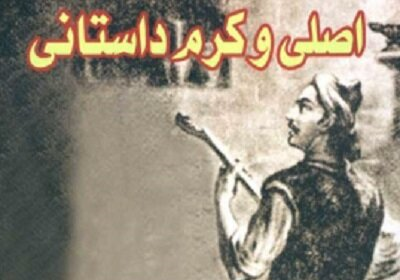




The Story of Asli and Karam
Studying folk stories can be a way to understand the life and history of the people of different cultures, especially if these stories manifest their traditions and customs.
Owing to its ancient culture, there are many folk stories in Iran, each of which expresses a part of the spirit of the people of a particular community and region. In the not-so-distant past, grandmothers and grandfathers would gather their grandchildren and tell them the stories - some of which have been inscribed on the list of Iran’s intangible national heritage - they had heard from their parents and grandparents. The story of Asli and Karam is one of these folk stories that was formed among the Azari-speaking people of Iran and is known as the intangible cultural heritage of East Azerbaijan Province.
A Romance Called Asli and Karam
This story is about a Muslim boy’s love for an Armenian girl. The story has two narratives, one of which ends with union and the other with death, and it is quite clear that the anonymous storytellers of history had adopted this stand so that the story could be narrated on both sad and happy occasions. Of course, the elders believe that the one that ends with union, and the Azari Ashiqs have been narrating it with their pleasant sound at weddings and happy occasions of Azari-speaking people, is more authentic.
The Story of Asli and Karam
It is said that the folk story of Asli and Karam is a true story or at least based on a true event that happened during the reign of Safavid king Shah Abbas I (reigned from 1587 to 1629 AD). According to this story, Ziyad Khan was a shepherd who was selected as the governor of Samarkand, one of the big cities of that time, and his reputation for being a just man spread in the entire region. Upon hearing about Ziyad Khan’s justice, Qaramalek, who was a deceitful Armenian, went from Tabriz to Samarkand and managed to get close to him with some tricks and was eventually appointed as Ziyad Khan’s treasurer.
One day, when Qaramalek and Ziyad Khan were walking in a garden they suddenly saw an apple in the nearby stream. When they took the apple from the water, another apple passed by them. Ziyad Khan took this as a good omen and asked God to grant him and Qaramalek children and they made an agreement that if one of them got a girl and the other got a boy, they would get them married when they were adults. Thereafter, Ziyad Khan had a son who was named Mahmoud and Qaramalek had a daughter whom he named Maryam.
Mahmoud and Maryam had not seen each other until they were 18 years old. It was at this time that Mahmoud and Maryam suddenly met each other and fell in love at first sight. They recited a poem and, in order to keep their love a secret they agreed to call Maryam “Asli” and Mahmoud “Karam”.
The girl’s love and being away from her had made Karam desperate and thinking that he was ill, his father called all the doctors in the city to treat him, but Karam only revealed the story of his heart to an old woman who passed it on to Ziyad Khan. Ziyad Khan summoned Qaramalek and asked him to fulfill his promise, but Qaramalek dishonored his promise with the excuse that an Armenian cannot marry a Muslim. Then he spread a rumor that a calamity was going to befall Zangi Village where he lived and by causing fear he made the people of the village migrate, along with him, to another place. Sometime later, Karam went to the village to see Asli but found it empty. However, after making a lot of inquiries, he managed to find out where Asli had been taken, and with a miracle and the help he received from Al-Khizr (believed to be a divine prophet by some scholars), he traveled the three-month-long path to Istanbul in the blink of an eye. Asli and Karam got together, but Qaramalek organized certain conspiracies to separate them from each other.
Finally, after a lot facing a lot of problems, these two lovers got married in Aleppo and had two children.
Currently, there are two tombs in the city of Tabriz, which according to some local residents are the tombs of Asli and Karam; although, it is not possible to comment on it with certainty.
The Features of the Story of Asli and Karam
Asli and Karam can be considered one of the most popular Azari folk stories, which account for a major part of the oral culture of Azarbaijan. This story is quite long and detailed and various narrations have been formed around it. The role of Ashiqs in narrating this story has made its narration become one of the ancient customs of Azarbaijan.
The story of Asli and Karam is one of these folk stories that was formed among the Azari-speaking people of Iran and is known as the intangible cultural heritage of East Azerbaijan Province.
| Name | The Story of Asli and Karam |
| Country | Iran |
| State | East Azerbaijan |
| City | Tabriz |
| Type | Other |
| Registration | National |
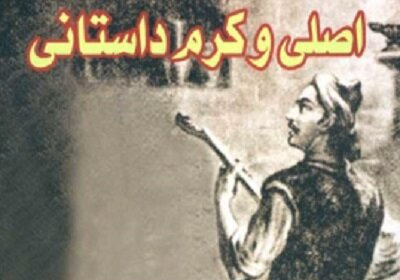
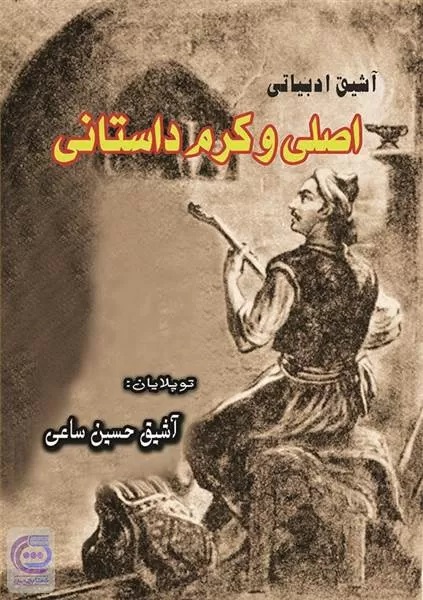


Choose blindless
Red blindless Green blindless Blue blindless Red hard to see Green hard to see Blue hard to see Monochrome Special MonochromeFont size change:
Change word spacing:
Change line height:
Change mouse type:
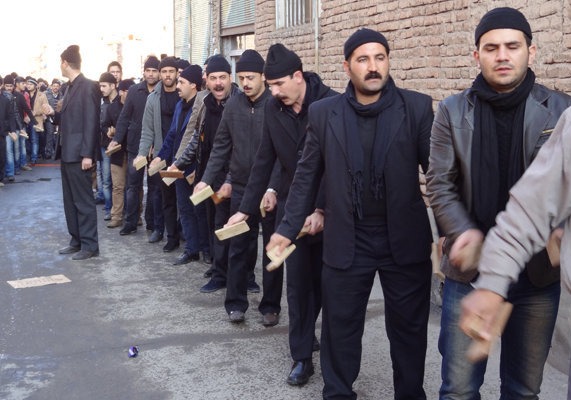

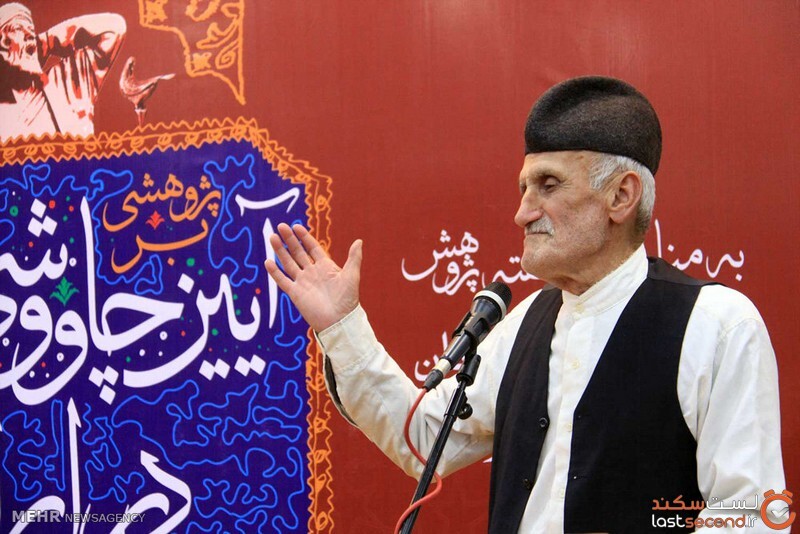
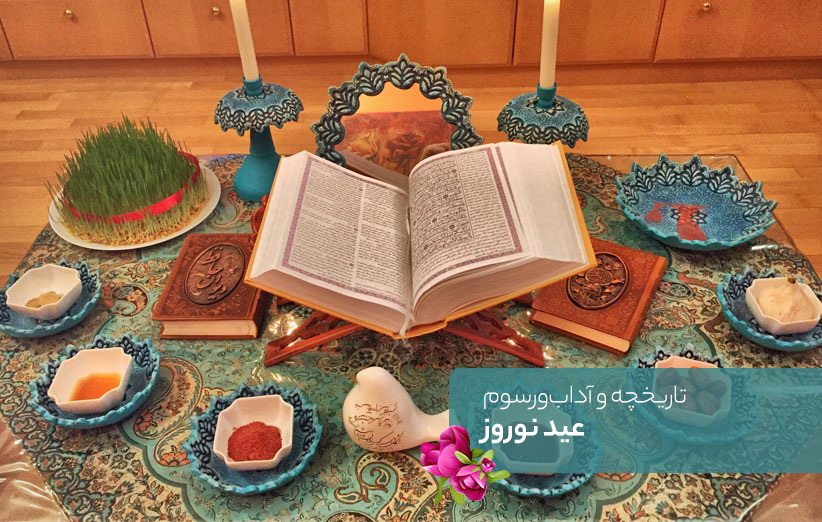

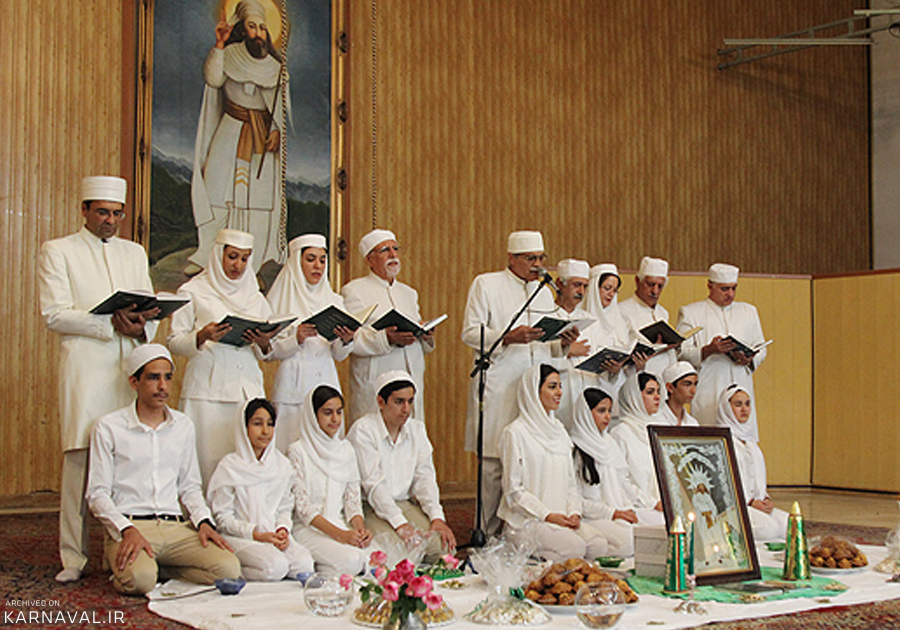
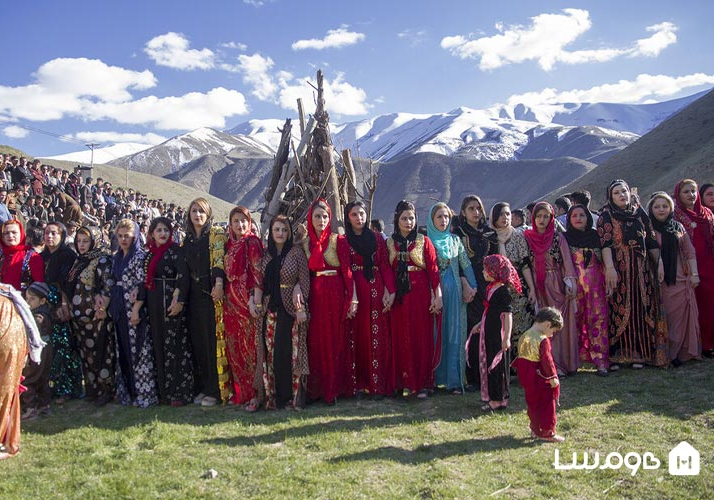


.jpeg)









-5-th4_3.jpg)
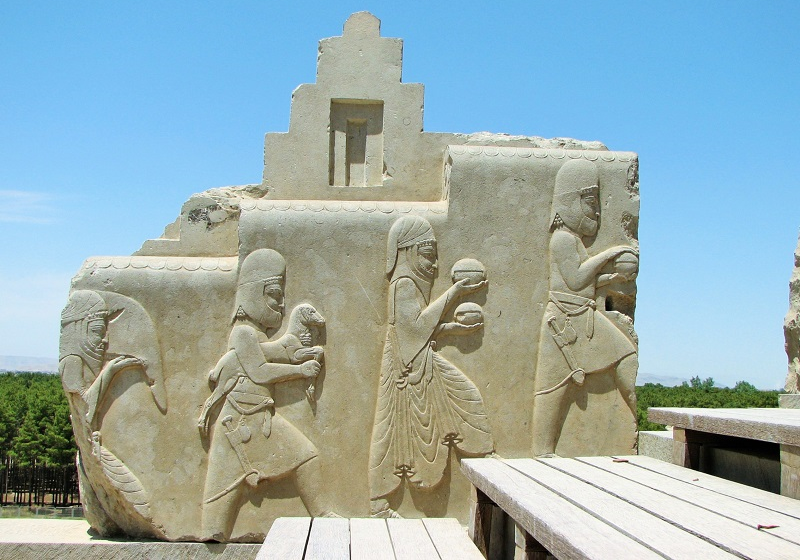

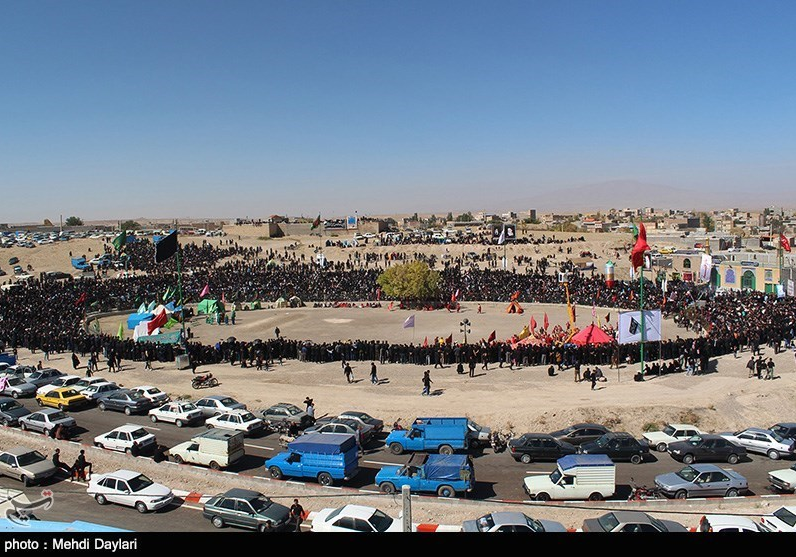


.jpg)



